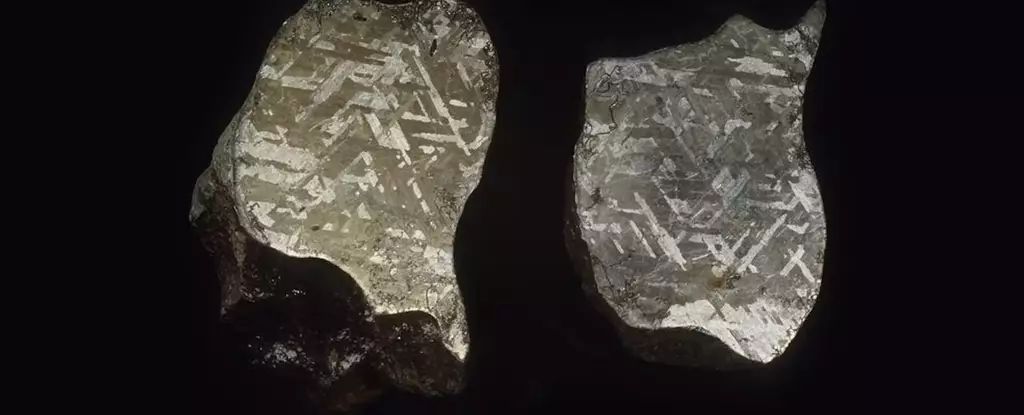The formation and evolution of Earth and the other planets in our Solar System have always been subjects of fascination for planetary scientists. One of the most intriguing ways to unravel these mysteries is by studying rocks from space. The process of obtaining these rocks, however, presents a significant challenge, with the difficulty and expense of sending spacecraft to asteroids or other planets to collect samples. Alternatively, scientists turn to meteorites, space rocks that fall to Earth. While meteorites are relatively rare, they offer valuable insights into the composition of cosmic bodies.
In a recent study, researchers analyzed glass fragments found near a meteorite impact site in the Northern Territory. These glass fragments, formed around a 5,000-year-old impact event, proved to contain a substantial amount of metal from the meteorite itself. By examining these glass samples, scientists were able to confirm that the impact craters at the site were caused by extraterrestrial bodies, providing valuable clues about the composition of the intruder.
Natural glass, such as obsidian from volcanoes, lightning strikes, and asteroid impacts, occurs in various forms in nature. Through forensic analysis of these glass samples, researchers can uncover critical information about their origins. By conducting a detailed study of glass samples from the Henbury crater field in the NT, scientists were able to identify elements from the local sandstone, along with high levels of iron, nickel, cobalt, chromium, iridium, and other elements from the platinum group. These elements, typically rare in Earth’s surface rocks, provided clear evidence of a cosmic origin for the glass.
The study revealed that the glass contained approximately 10 percent melted meteorite, a significantly higher percentage compared to other impact sites. The elevated levels of meteorite residue in the glass, along with the presence of rare elements such as iridium and chromium, further underscored the extraterrestrial nature of the material. While similar glass has been found at other impact sites worldwide, the high concentration of meteorite residue in the Henbury glass distinguished it from other Australian craters.
The discovery of meteorite residue in natural glass has profound implications for impact studies and offers a reliable method to confirm the celestial origin of crater sites. While many circular features resembling craters exist on Earth’s surface, only a few can be definitively attributed to asteroid strikes. The presence of meteorite-rich glass serves as concrete evidence of an impact with a celestial object, providing crucial insights into Earth’s geological history.
As scientific exploration advances, missions to collect rock samples from Mars and asteroids continue to provide valuable data. The Perseverance rover’s mission to gather samples from Mars represents a significant step in our quest to understand the composition of celestial bodies. In addition, upcoming missions to the Moon hold the promise of returning fresh samples of our planetary neighbor, further enriching our understanding of the solar system’s formation and evolution.
The analysis of meteorite-rich glass presents a unique opportunity for scientists to delve into the cosmic origins of Earth and other celestial bodies. By studying these glass samples, researchers can uncover valuable insights into the composition of meteorites, their impact on Earth, and the broader implications for planetary evolution. The exploration of natural glass fragments promises to unlock the secrets of the universe and shed light on Earth’s place in the vast cosmos.

Leave a Reply